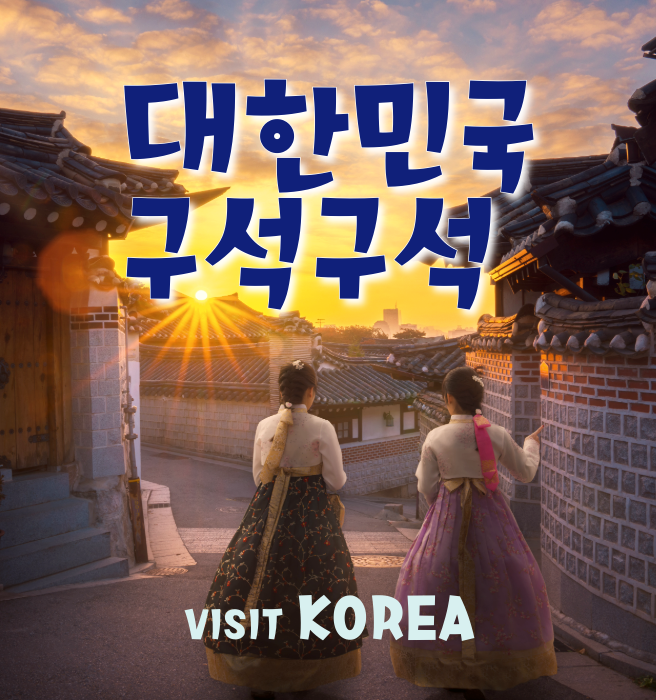APEC 2025 in Gyeongju: Where Ancient Korea Meets the Global Future
Why Gyeongju, and why now?
Gyeongju is far more than a conference backdrop. For a thousand years the capital of the Silla kingdom, it cradles Bulguksa Temple, Seokguram Grotto, the Daereungwon tomb complex, and the Cheomseongdae observatory—all UNESCO World Heritage sites. Here, Korea’s spiritual and aesthetic DNA is on full display.
The summit’s theme, “Building a Sustainable Tomorrow,” pivots on three pillars: Connect, Innovate, Prosper. Delegates will wrestle with global trade, tech cooperation, AI-driven growth, and climate resilience. In a city where history and cutting-edge infrastructure coexist, the past and future share the same stage.
A recent Korea Research survey found that 43% of past APEC visitors ranked “Gyeongju’s traditional culture and historic sites” as their most memorable Korean experience. The city distills the nation’s identity with rare grace.

A traveler’s shortcut to the heart of Korea
From Seoul, the KTX bullet train reaches Gyeongju in about two hours; express buses take three and a half. Either journey is a primer in Korean travel.
Board the train at Seoul Station with a lunchbox, triangular gimbap (seaweed-wrapped rice triangles), and banana milk (banana uyu, 바나나우유 in Korean). Outside the window, rice paddies, rivers, and gentle mountains unroll in quiet succession.
On the bus, highway rest stops tempt with walnut pastries (hodu gwaja, 호두과자), so-tteok so-tteok (mini rice-cake-and-sausage skewers), and fish-cake hot bars (eomuk hot bar, 어묵 핫바). Each bite is a roadside rite of passage.

In Gyeongju, Hwangnidan-gil’s stylish cafés, the floodlit serenity of Bulguksa at night, and the mirror-like reflections at Donggung Palace and Wolji Pond pull visitors in. During the summit, the city will pulse with traditional performances, a global food festival, and hanbok try-on sessions—cultural immersion layered atop diplomatic fervor.
Gyeongju has preserved its relics while wiring itself with a state-of-the-art convention center and robust IT backbone. It is living proof that heritage and innovation need not compete.
The 2025 APEC will showcase Korean technology and cultural patrimony on the same world stage. If your travel calendar includes autumn in South Korea, set your compass for Gyeongju. What awaits is not mere sightseeing but a living international theater where history, culture, and tomorrow breathe in unison.
Oh Ha Eun medi·K TEAM press@themedik.kr
Headlines
-
 Healthcare
Healthcare
Finding a Lump in Your Breast: Why It’s Not Always Cancer and What to Do Next
-
 Healthcare
Healthcare
As Winter Bites, Pet Kneecaps Slip: The Hidden Threat of Patellar Luxation in Dogs and Cats
-
 Wellness
Wellness
Korean Herbal Tea Culture: A Wellness Tradition for Body and Mind
-
 Healthcare
Healthcare
How to Counteract Caffeine’s Effects for Better Sleep
-
 News
News
Celltrion Launches Aptozma Biosimilar in U.S. Market: 35% Price Reduction and Blue Cross Coverage for Autoimmune Treatment
-
 Healthcare
Healthcare
Blue Light: Is It Really a Threat to Your Eyes and Health?
-
 Healthcare
Healthcare
The Hidden Health Risks of Your Showerhead: Why Regular Cleaning Matters
Doctors & Hospitals
-
 Healthcare
Healthcare
Eczema: Blending Conventional Relief With Korean Herbal Medicine for Lasting Skin Health
-
 Healthcare
Healthcare
Warts: Beyond Simple Removal—Focus on Immunity for Lasting Relief
-
 Healthcare
Healthcare
AI-Powered Smartphone Tool Opens New Path for Early Autism Screening in South Korea
-
 News
News
Korean Surgeon Pioneers Remote Bladder Cancer Surgery Training Using Da Vinci 5 Platform
-
 Healthcare
Healthcare
Myocardial Infarction Risks Surge in Fall: How to Protect Your Heart
-
 Healthcare
Healthcare
Innovative Korean Acupuncture Therapy Offers Hope for Acne Scar Treatment
-
 Healthcare
Healthcare
Thyroid Surgery and Recovery: Essential Post-Operative Care Guide






